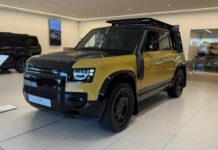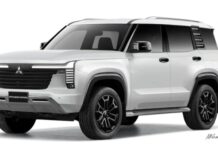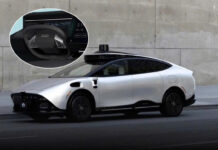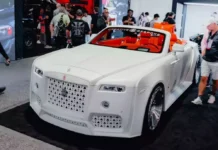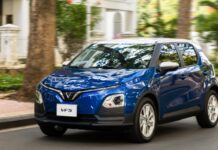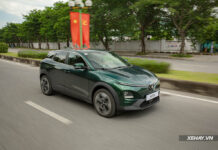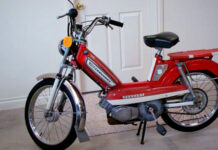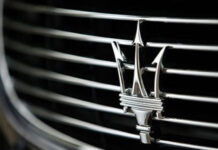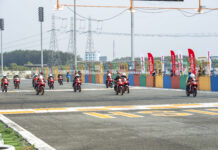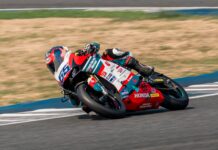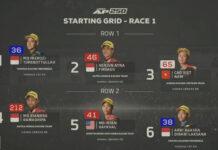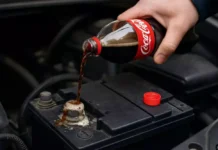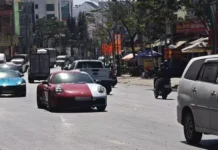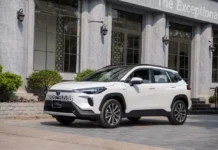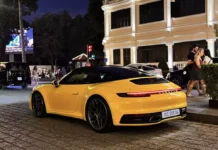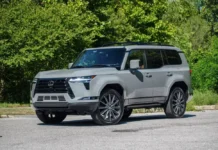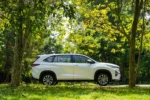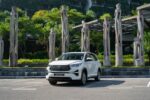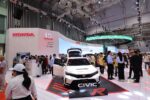As previously reported, the Ministry of Construction is developing a new National Technical Standard, seeking feedback from the public and relevant stakeholders. This draft proposes a target of 4.83 liters of fuel consumption per 100 km (CAFC) for all passenger cars in Vietnam by 2030. This figure will be calculated based on the average of all passenger car models in the country.
In the event of exceeding the fuel consumption threshold, the Ministry proposes that car manufacturers can purchase offset credits from other manufacturers who are below the threshold. Additionally, businesses must devise a plan to adjust their CAFC in subsequent years, such as by adopting new technologies, phasing out fuel-intensive vehicles, or increasing the production of fuel-efficient models. If, after three years, a manufacturer still fails to meet the regulated fuel consumption standards, the relevant authorities will impose a halt on their production, assembly, and importation until an appropriate plan is devised.
However, according to the Vietnam Automobile Manufacturers’ Association (VAMA), the target of reducing CAFC to 4.83 liters per 100 km by 2030 is overly stringent and could have a “significant impact, almost entirely altering the current state of Vietnam’s automotive industry.”
VAMA’s research indicates that with this target, the majority of traditional internal combustion engine (ICE) vehicles and even some hybrid (gas-electric) models currently on the Vietnamese market will fail to meet the limit. Specifically, 96% of traditional gas-powered vehicles and 14% of hybrid vehicles will not comply with the standard.
VAMA also states that to meet the 4.83 liters per 100 km fuel limit, manufacturers will have to discontinue up to 97% of their current traditional gas-powered car models. Alternatively, if they wish to maintain their sales volume, businesses must drastically increase the production of electrified vehicles (hybrid, plug-in hybrid, and fully electric) by approximately 868% within a very short period (around 5 years).
In Vietnam, there are only a few car models that currently achieve fuel consumption below 4.83 liters per 100 km. All of these models are either conventional hybrids (HEV) or plug-in hybrids (PHEV).

There are fewer than 20 car models in Vietnam that achieve fuel consumption below 4.83 liters per 100 km.
So, if the proposed fuel consumption limit of 4.83 liters per 100 km is approved, which car models in Vietnam might “survive”? Let’s take a look at the list of car models currently sold in Vietnam that fall below this fuel consumption threshold.
| Brand | Model | Engine Type |
Fuel Consumption (liters/100 km) |
| Mass Market | |||
| Toyota | Corolla Cross | HEV | 3.67 |
| Yaris Cross | HEV | 3.8 | |
| Camry | HEV | 4.22 | |
| Altis | HEV | 4.76 | |
| Honda | HR-V | HEV | 4.44 |
| Civic | HEV | 4.6 | |
| Kia | Sorento | PHEV | 2 |
| Nissan | Kicks | HEV | 4.6 |
| Suzuki | Swift | HEV | 4.26 |
| Jaecoo | J7 | PHEV | 1 |
| BYD | Sealion 6 | PHEV | 1.1 |
| Luxury | |||
| BMW | XM | PHEV | 1.6 |
| Land Rover | Range Rover Velar | PHEV | 1.9 |
| Volvo | XC90 | PHEV | 1.8 |
| XC60 | PHEV | 1.6 | |
| Porsche | Cayenne | PHEV | 2 |


